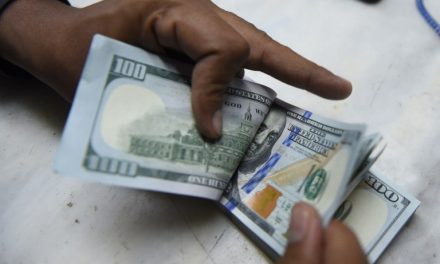It turns out that the Daily News has decided to drop their paywall. Just in case you are wondering, a paywall is a framework whereby you regulate access to a service through the use of purchases or subscriptions. As you might probably guess this pertains to services offered through a website. The concept and use of paywalls by newspapers started around 2015. This came as a result of two factors that had gotten significant. One, revenue through print copies had plummeted and two, ad revenues had gone down also. Ad revenues had gone down sharply due to most internet users installing ad-blocking software on their devices. The Daily News tweeted saying that people could now freely access their news content online. Interestingly, the tweet has since been taken down – not exactly clear as to why.
Brief History Of Paywalls By Local Newspapers
Three of some of the notable news publications in Zimbabwe are The Herald, Newsday and The Daily News. They all have websites and some time back they all ceased from publishing full articles on their websites. The underlying reason was to ensure that other publications did not plagiarize their articles. This did not last for long though and publishing online was resumed. After this, The Daily News introduced a paywall. Interestingly, The Herald and NewsDay did not follow suit. I guess the Daily News was banking on a certain competitive advantage they must have had over the other two. Other publications such as the Financial Gazette took this route and have maintained it.
So What Has Changed Now?
As of this moment, the Daily News has not explicitly explained why they have decided to drop the paywall. With that in mind, I will discuss the possible reasons by looking at the dynamics of paywalls.
Why Newspapers Drop Paywalls
It is funny how when you start out offering your news content free it becomes an issue when you begin to charge for it. Several surveys globally have even noted how, even if you come up with a subscription model costing peanuts, readership can still tumble. The readership can actually plummet by as much as close to 50% (in some cases, over 90%) comparatively. This might possibly be because people might not see the need to pay for news content which they can get freely elsewhere.
In fact, a paywall calls upon a news publication’s content to be superior in terms of depth and quality. That way people will be willing to part with their money to access the content. A local example is The Financial Gazette. Their content is not readily available online because they have a paywall. However, one thing I have noticed about their content is that it is comprehensive, detailed and well-researched. Let me discuss some of the possible reasons for which a newspaper can drop its paywall:
Broader Reach
Free access obviously helps drive readership upwards. So if a newspaper realizes that they need to push readership upwards they drop a paywall because it is prohibitive. It becomes easy to push for more people to access your content if access is free.
Ads And Special Promotions
Primarily, the reason for paywalls, to begin with, is revenue. However, we have established that it is not always effective since oftentimes it negatively affects readership. So what some newspapers then do is to strike up deals with big brands. These will be an ad or special promotions deals where these big brands pay for ad placement in the publications. It might not necessarily just be big brands alone; any well-paying brand really. What all this does is that it eliminates the need to get revenue through purchases or subscriptions. You will be offering the content for free – which attracts more and more readers. This makes you fertile ground for advertisers to approach you in their bid to tap into your readership base. Ultimately, you get to realize significant revenue whilst people are accessing the content for free.
Case Studies
In some scenarios, newspapers can drop paywalls to experiment on some things. The metrics being studied can be anything and will depend on what a publication is seeking to figure out. For instance, a publication can drop its paywall to see how the public reacts and draw insights from that. In such a scenario the dropping of the paywall might even be temporary.
We will see how The Daily News will progress now that they have dropped their paywall. In time I believe they will clarify or it will become apparent why they took that decision. In the meantime, all we know is that you can now access content for free on their site.








